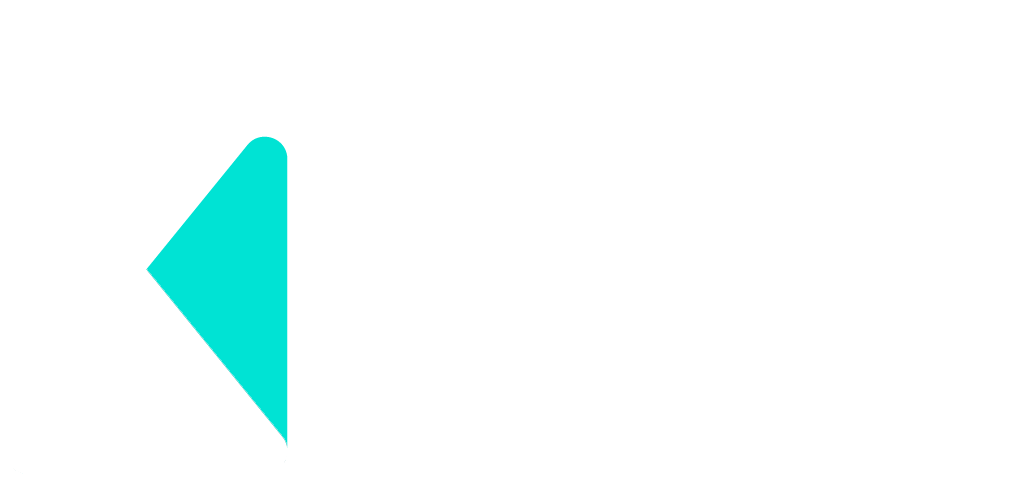24
NovemberOverwatch Character Guide: Pharah, Symmetra, Mei
Aside from Tracer, Reaper seems to be a favorite for more casual players (AKA you'll sometimes see full teams comprised of the two). Despite his relatively low barrier of entry, this hero-hunting mercenary also boasts a pretty high skill ceiling. Reaper's Hellfire Shotguns are absolutely devastating from short range, though they dramatically lose effectiveness as encounter distance increases. For this reason, you're going to always want to try and attack him from mid-to-long range. What's more, Reaper generates a collectible health orb whenever he kills a foe, meaning that he can go on some absolutely devastating runs if opposing players get too close.
It's tough to make maps during development. Now it's easy to make maps, since we have all of our heroes. The first map that we built was Temple of Anubis, and it was built while we were designing our first hero, which was Tracer. We were probably four or five maps into the game by the time we went to our first BlizzCon and had twelve heroes. It can be really tricky designing maps for heroes that are unknown.
With Overwatch, the charming hero shooter from Blizzard, launching this week, we want to make sure that you’re as prepared as possible to help your team dominate. Overwatch’s main focus is clearly on the interplay between its dynamic characters, so in order to become competent, you’ll need to understand how every character works. Throughout the week, we’ll be publishing guides on each of the twenty-one launch heroes, three at a time, with the hopes that you’ll be able to recognize certain patterns on the battlefield.
Widowmaker, the sniper, does and that's it. We had a couple of meetings early on that had to do with things like aim down sights and sprint, where we deliberately chose not to put them on all of our heroes. Those ended up becoming abilities that we could give to a hero to make them feel more unique. The other thing is that we wanted our game to feel like it had more of a "rumble" to it when you're fighting on the battlefield. To us, we're hearkening back to the Quake and Unreal Tournament days where the movement was really fluid. Something like aim down sights, which is really great in Call of Duty - and I love Call of Duty and still play it - but we strayed away from it intentionally to do our own thing.
From his movements and even aspects of his design, The Punisher bears the most resemblance to Soldier: 76. Both wield similar assault rifles and exude a fierce personality due to their tragic pasts, and they are both easy to adjust to for first-time players . However, Punisher has different abilities compared to his Overwatch counterp
Bastion is different from most of Overwatch's heroes in that his main ability alters his main weapon. His standard configuration, Recon, allows him to move freely and gives him a moderately powerful assault rifle designed for medium range encounters. His Sentry configuration is his most useful, and potentially most frustrating, setup. In this mode, Bastion is completely stationary, but has a turret that can do insane damage at close, medium and long range. Needless to say, running straight into Bastion when he's hanging out in his Sentry configuration is straight up foolish. Add this to the fact that his other ability, Self-Repair, allows him to heal himself, and it's easy to see how Bastion can be frustrating for those who just bumrush an objective without thought. Oh, and let's not forget that Bastion's ultimate, Tank Configuration, not only makes him more mobile and gives him a powerful Rocket Punch Overwatch 2 launcher, but it also decreases the size of his hitbox significantly.
[Hardcore Gamer] Out of curiosity, how many people are working on Overwatch? I'm often shocked when games developed by larger teams manage to maintain any semblance of personality or flair as a result of the sheer number of voices piping it at once.
In an era where games are released unfinished to make a profit later and fighting games suffer from player bases where character access is gated off behind DLC, Blizzard’s decision to patch in new matches, modes, and characters for free rather than asking players to pay for the privilege is nothing short of incredible. If Overwatch’s community begins to dwindle, it won’t be because they’re divided between base game players and those with the money to buy extras, because Blizzard’s decision means that anyone who picks up the game will have the same access to modes, maps, and heroes as everyone else. Speaking of heroe
 Blizzard wanted "Project Titan" to be unlike other superhero-themed MMOs, such as City of Heroes and Champions Online, with new elements like forcing players to alternate between superhero activities and the day-jobs of their secret identities . The project struggled, was completely rebooted, and eventually dissolved, with Blizzard concluding that the game simply wasn’t fun to play . This led to a new design philosophy for Overwatch : above all, everything has to be fun. If reviews are any indication, it seems like the game lives up that philosophy and then some, by cutting out unnecessary chores and leaving only the exciting core beh
Blizzard wanted "Project Titan" to be unlike other superhero-themed MMOs, such as City of Heroes and Champions Online, with new elements like forcing players to alternate between superhero activities and the day-jobs of their secret identities . The project struggled, was completely rebooted, and eventually dissolved, with Blizzard concluding that the game simply wasn’t fun to play . This led to a new design philosophy for Overwatch : above all, everything has to be fun. If reviews are any indication, it seems like the game lives up that philosophy and then some, by cutting out unnecessary chores and leaving only the exciting core beh

